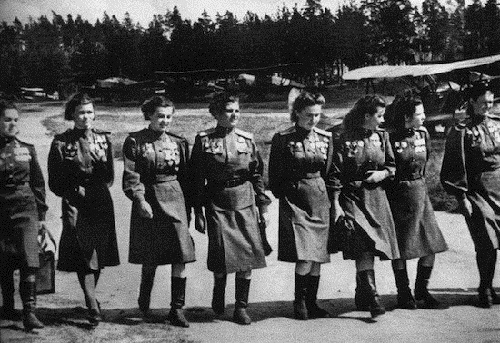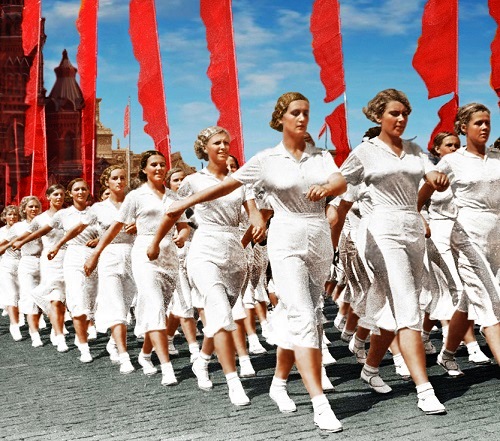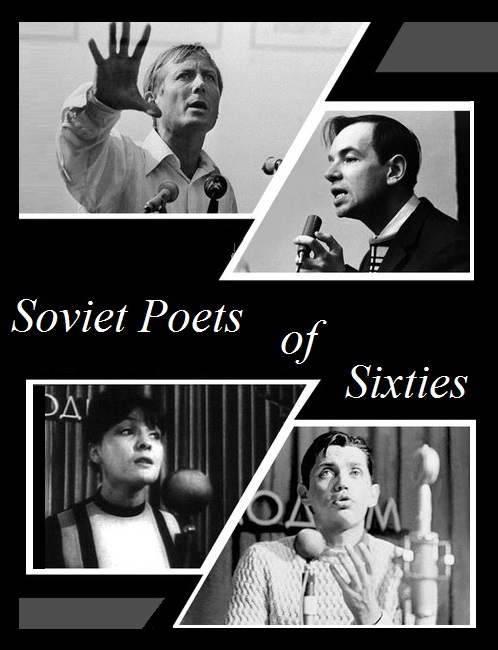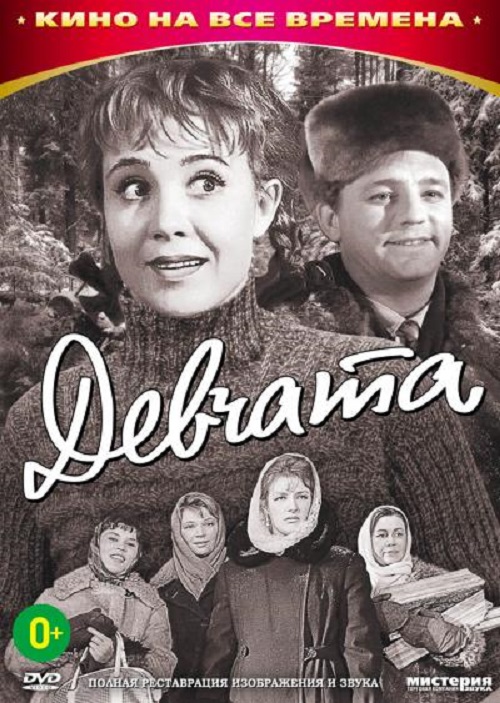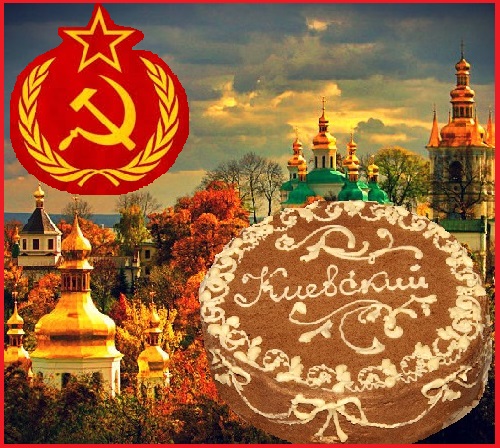Soviet propaganda porcelain
The early USSR period Soviet propaganda porcelain, has become a business card of our country, the same as the jeweler’s art of Faberge, icons, or avant-garde painting. Indeed, nowadays, products from porcelain cost much and sold at the famous auction houses. Meanwhile, vases, plates, cups, dishes and porcelain statuettes were in many Soviet families. But now, the best pieces of the USSR porcelain, and in particular, early Soviet Soviet era, so-called propaganda porcelain is rarity, worth of best museums. In addition, due to the unavailability of items and a sense of historical belonging, and of course, nostalgia for the recent past, such porcelain is now highly collectible.
Read more »

